1956 Chevrolet Corvette SR-2
If those behind the Corvette’s inception could have seen in 1953, what their pet project would ultimately become, they would likely have been hard-pressed to believe it. During the first two years of the iconic American sports car’s production, few were clambering at the opportunity to jump behind the wheel. In fact, quite the opposite was true.
Going into 1955, after only two years in production, the Corvette’s early retirement at the hands of lackluster sales figures seemed imminent. Many critics cited the Corvette’s overall lack of performance as its most significant stumbling block, and few could argue to the contrary. The car’s 6-cylinder “Blue Flame” power plant was anything but impressive.
Though an optional 265 cubic-inch V8 was offered for the 1955 production year, future Chief Engineer Zora Arkus-Duntov knew that to gain credibility in the arena of performance, the Corvette would have to prove its merit on the track. Knowing what had to happen for the Corvette to be taken seriously among its peers, Duntov set out to carve the Corvette out a legacy all its own.
Next Level Performance
Duntov, with the assistance of Ed Cole, began tinkering with the C1 Corvette in a bid to bolster its output. After several months of rework and tuning, Duntov hit the sands of Daytona Beach, in what could only be described as an immense success for the entire Corvette line. With Duntov behind the wheel, the modified 240 HP Corvette set several speed records, traveling in excess of 150 MPH in a series of hot laps.
This level of dominance was repeated a couple of months later, when a team of specialty, Duntov prepared Corvettes again descended on the sands of Daytona. The three cars on hand left the Corvette’s indelible mark in their wake, taking first and second place within the Production Sports Car class, and achieving a top-speed mark in the Modified class.
This success was all the justification that Duntov needed to press on in his efforts, and prep work soon began to ready three Corvettes for unveiling at the upcoming 12 Hours of Sebring event. In a level of success that was beginning to become customary, the three-car team posted a notable showing, with one Corvette finishing first in its class (Class B – Sports 8000), and ninth overall.
From this event, these specialty Corvettes took on the SR racing moniker. However, debate exists as to the actual origin of this name. While some parties state that SR stood for Sebring Racer, others claim that the initials denoted these early performance Corvettes as “Special Racing” models.
Corvette or Nothing
Photo: Hagerty.com
Coming off the heels of their recent racing success, the Corvette design and development team was riding an emotional high. The Corvette was finally beginning to be taken seriously as a performance-minded vehicle, publicity surrounding the line had taken a positive turn, and it seemed that nothing could disrupt this momentum. This was, at least, until Jerome Earl, son of Corvette visionary Harley Earl, announced his plans to race a Ferrari 250 MM competitively in the season to come.
Jerome, who was no stranger to racing and his automotive heritage, had a fondness for European sports cars, citing their unique and unparalleled performance attributes. Initially, going into the 1956 racing season Jerome had no intention or desire to race a Corvette, for which his father had fought valiantly to bring into the mainstream. Unsurprisingly, this did not sit well with the elder Earl, nor top Chevrolet brass.
To prevent a publicity fiasco, and perhaps out of his own disapproval, Harley Earl intervened. The offer, or ultimatum, was made clear. Jerome would not be behind the wheel of a Ferrari, instead piloting a race-specific Corvette that his father would have built for him. With the messy details out of the way, orders came down to prepare a racer that would be a formidable force on the track, and to do so quickly.
To meet this deadline, a team of 17 engineers were assigned to work in shifts around the clock to see the project through. A 1956 Corvette, sporting VIN # E56S002522, was pulled from the St. Louis assembly line, and sent to the Warren, Michigan design center, complete with shop order 90090, which declared intent for “race modifications and cosmetic additions”.
The assigned team of engineers went through every inch of the 1956 Corvette, in a bid to make it competition worthy. Mechanically, the car was built to mirror the bulk of the prior SR Corvette’s specifications. This included the addition of heavy-duty suspension, performance brake drums and Bendix Cerametalix linings, as well as Houdaille rotary dampers.
Under the hood, the new SR-2 racer, as it would come to be known, sported a stock 265 cubic-inch V8 with dual four-barrel carburetors. However, this engine would be fitted with the “Duntov” racing cam, for a sustained increase in output. The V8 was then mated to a three-speed manual transmission.
A specialty body, designed by Robert Cumberford, was utilized in the production of the SR-2. This body featured a stretched nose, vented hood, side cove cooling ducts, and aerodynamic headlight covers. To round out the SR-2’s look, a centralized stabilizer fin was included on the rear deck.
Put to the Test
Photo: Superchevy.com
Upon the completion of a significant push to finalize all preparations, the SR-2, sporting number 144, was ready to hit the track. Its first trial took place in Elkhart Lake, Wisconsin, at the SCCA’s inaugural June Sprints six-hour race. Unfortunately, the SR-2’s initial showing did not go off as intended. Jerome Earl, not accustomed to the feel of the SR-2, spun out during practice, though no damage resulted in the process. In a last-minute turn of events, Dick Thompson was selected to pilot the SR-2, and finished the race, placing respectively.
Dick Thompson, a renowned racer in his own right, offered Arkus-Duntov feedback regarding his thoughts on the SR-2. He believed that the car would benefit significantly from an overall reduction in weight, and subsequent upgrade to its power plant. Duntov took the feedback to heart, and extensive revisions to the SR-2 commenced in the winter of 1956/1957.
The SR-2’s stock interior was scrapped, opting instead for the use of fiberglass door panels, and bucket seats, borrowed from a Porsche, were installed. The SR-2 also received a revised power plant. The previously used 265 cubic-inch V8 was removed, and a more robust 331 cubic-inch small-block took its place. This engine was also fitted with an experimental dual meter fuel injection system, and coupled with an all-new four-speed transmission.
One of the most notable changes to the SR-2 came in the form of a new, high-mount fin that sat directly in line with the rear of the driver’s compartment. This larger profile fin ultimately replaced the center mount stabilizer fin that had been located on the car’s rear deck, and featured a built-in headrest, as well as the Corvette logo.
The newly refined SR-2 would make its return for the 1957 racing season, though it would only go on to experience moderate success. The car’s potential was eventually cut down short, as GM corporate realigned their mindset toward racing, to better reflect compliance with the newly implemented AMA racing ban of the era. This ban, for all intents and purposes, dealt a death blow to the SR program, as only two further SR-2 cars were ever built.
The Bill Mitchell SR-2
Before all SR-2 production was halted, a second such car was built for Bill Mitchel, who served as the director of design under Harley Earl. This SR-2 closely mirrored the newly redesigned Jerome Earl car in many ways. Extensive reduction of unnecessary heft brought the SR-2’s total weight down to an impressive 2,300 pounds. The car also included the same, now infamous, high-profile fin.
Any differences that did exist between these two cars could directly be attributed to famed race car driver and engineer, Smokey Yunick’s involvement in the second SR-2’s development. During his involvement, Yunick revised the car’s brake ducting and developed front fender air vents to increase cooling capacity to the engine.
However, Yunick’s most significant contribution to the SR-2 program came in the form of his work with the car’s power plant. The SR-2’s original 283 was bored and stroked to 336 cubic-inches. The engine was then outfitted with a Rochester fuel injection system and mated to the all-new four-speed transmission.
Mitchell’s SR-2 experienced similar success to the early SR cars before it, posting a top speed of 152.886 MPH at the 1957 Daytona Speed Week. The car would eventually go on to race at both Sebring and Nassau before it too suffered a similar fate to that of its counterpart, being decommissioned due to compliance with the AMA racing ban.
Harlow Curtice’s SR-2
Upon the implementation of the AMA racing ban, GM President, Harlow Curtice, commissioned the production of one final SR-2. This car would eventually be presented to Curtice, though it would ultimately take its place on the show circuit. As such, this SR-2 did not feature any of the performance modifications of the car’s previous two renditions, though it retained many of the same styling cues.
However, noticeably absent from Curtice’s SR-2 was the car’s iconic, high-profile fin. Instead, the car’s design somewhat reverted to that of the SR-2 in its original form, more closely mirroring Earl’s car before its revisions. Curtice’s SR-2 also featured Dayton, wire-spoke wheels, and a removable stainless steel top.
A Legacy of Innovation
Though the SR-2 program was effectively cut down in its prime, a significant legacy still reverberates around these storied racers. Much of this legacy surrounds the level of innovation that was implemented during the SR-2 design program. The Corvette engineering team came to terms with, and overcame, heckling by critics regarding the prior production cars’ reputation for being underpowered and cumbersome.
The growing pains suffered during this period allowed the Corvette to move beyond its initial flaws, gaining a reputation as being a performance-minded sports car along the way. In many regards, the Corvette gained much of its identity during this era. This shift in persona has reflected favorably on America’s iconic sports car, serving it well through eight generations and nearly seven decades.


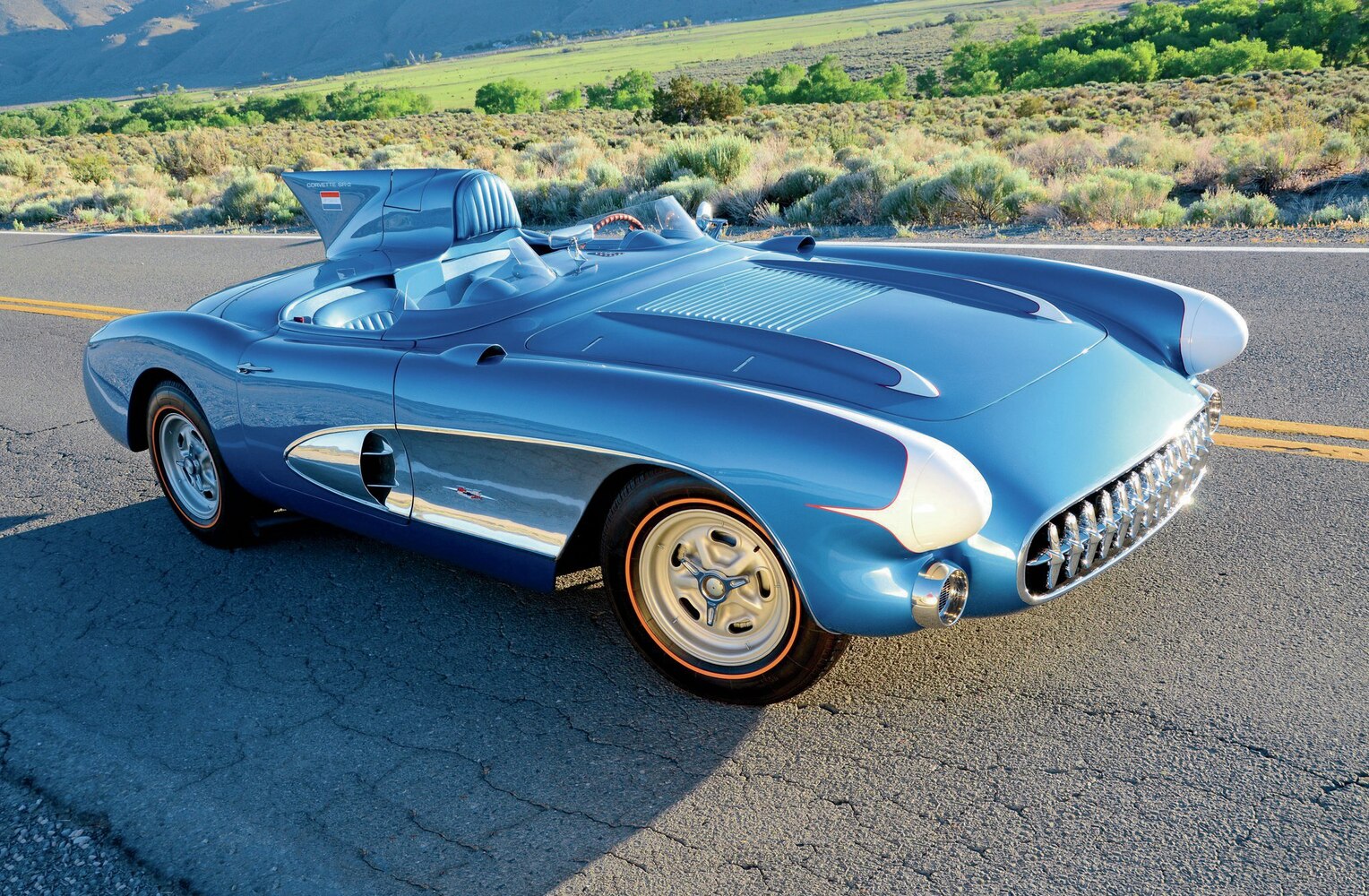
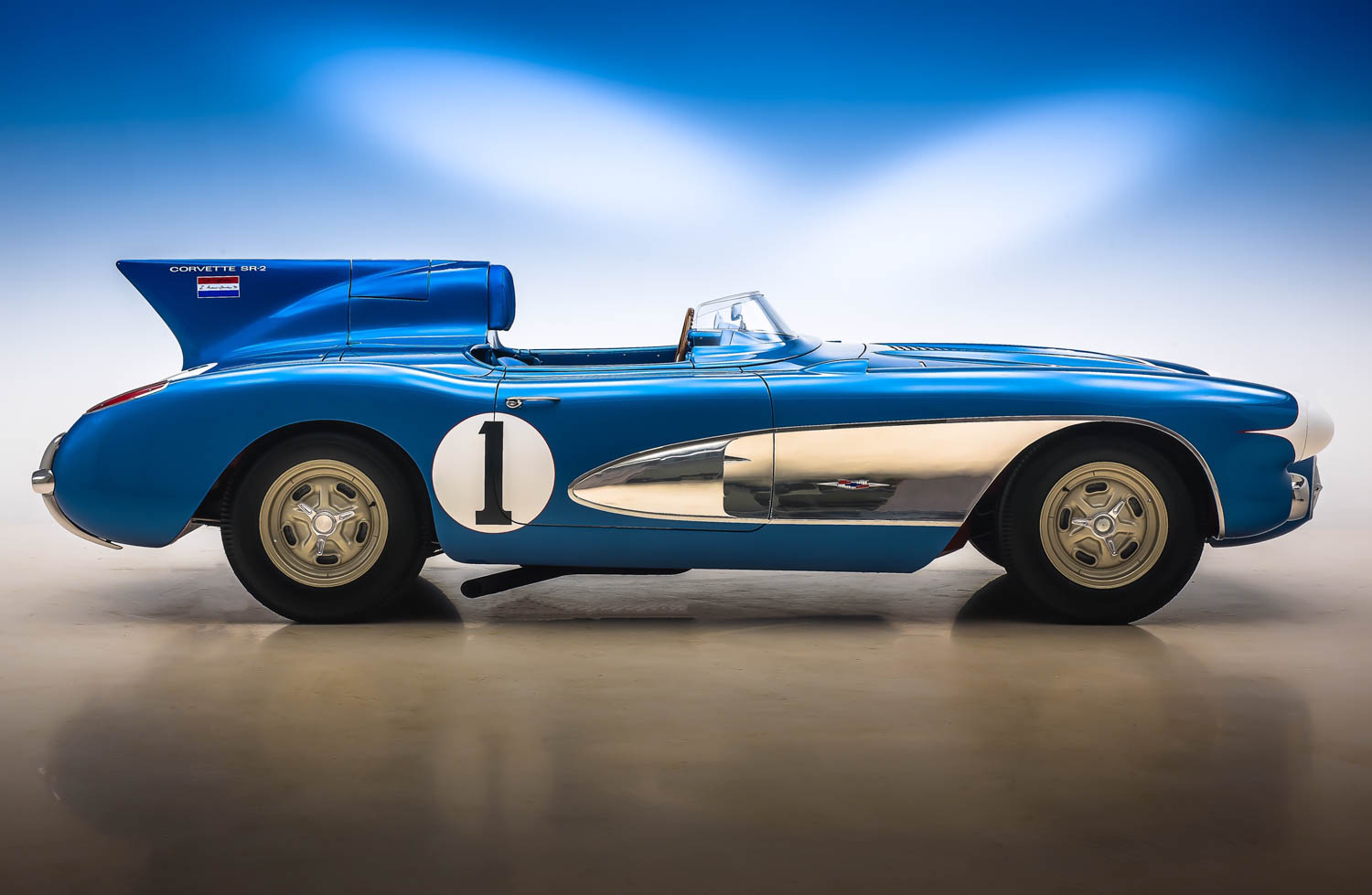
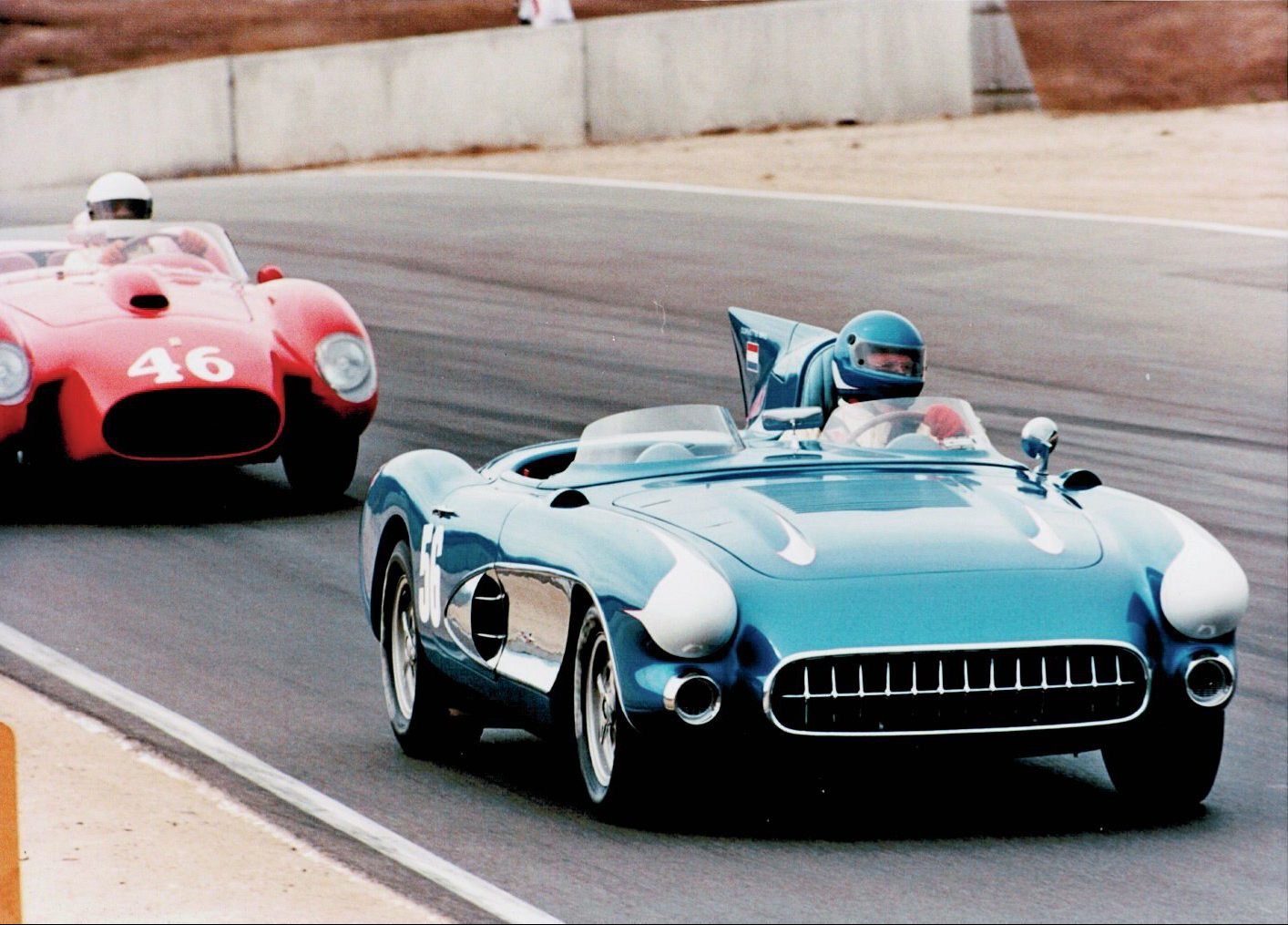
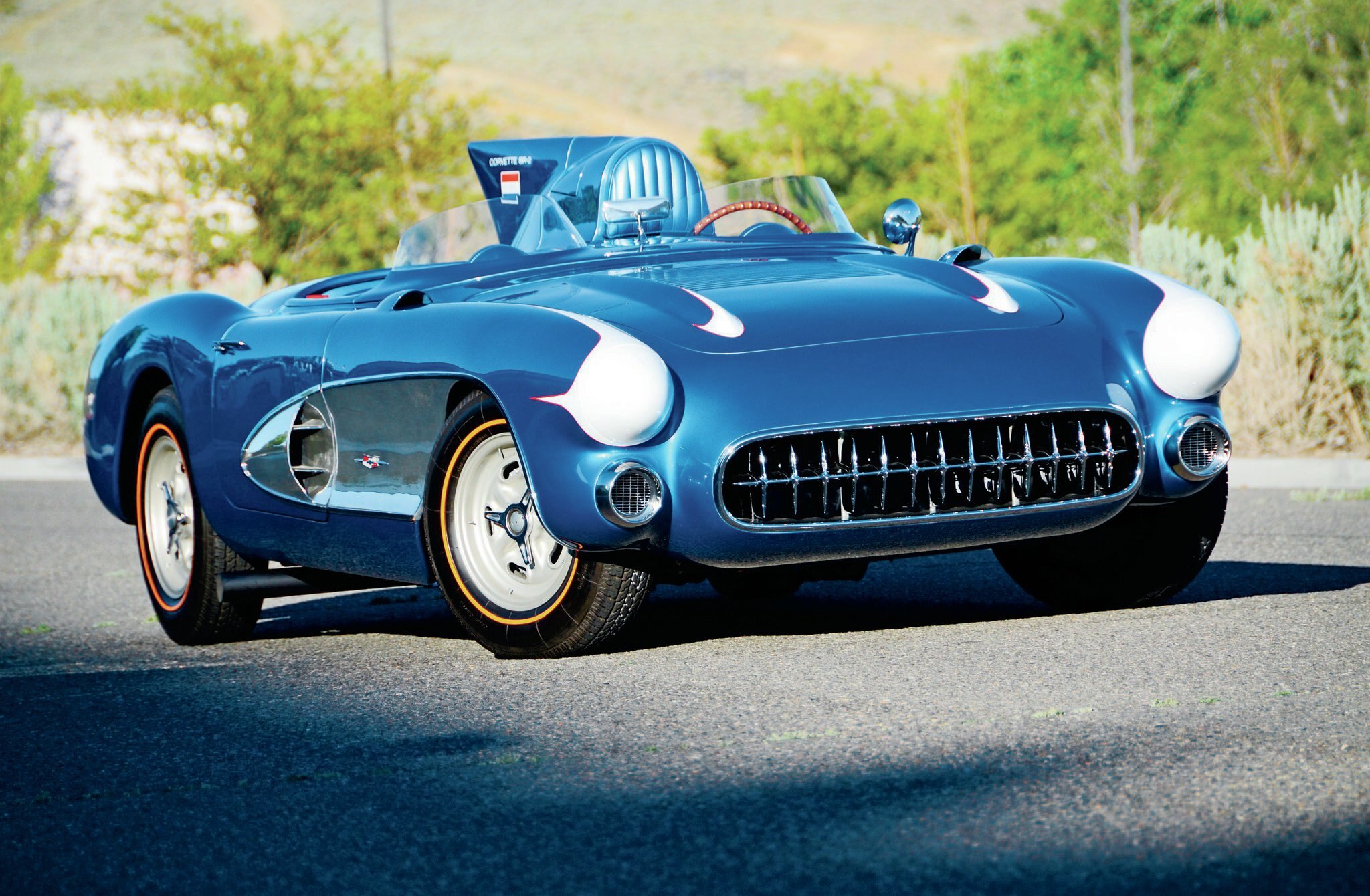

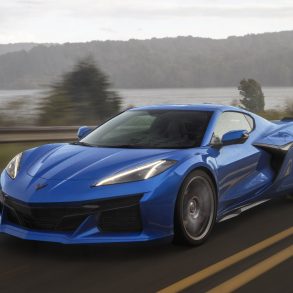
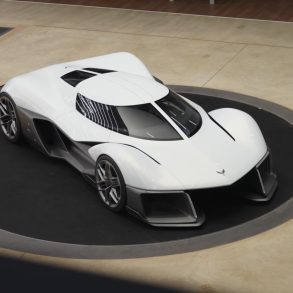
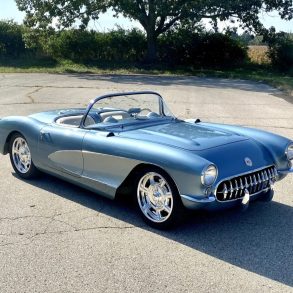

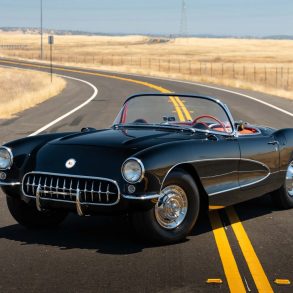
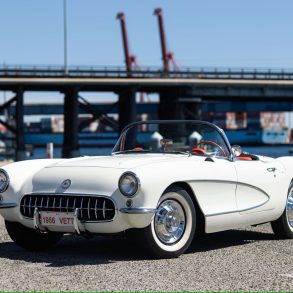
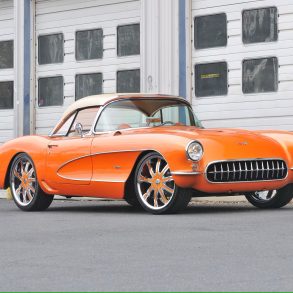

It 1980 dick Fortier owned Harlow P Curtis sr2 where is it